Japan is about to restart production at the Kashiwazaki-Kariwa nuclear power plant after a long closure due to the impact of the Fukushima disaster.
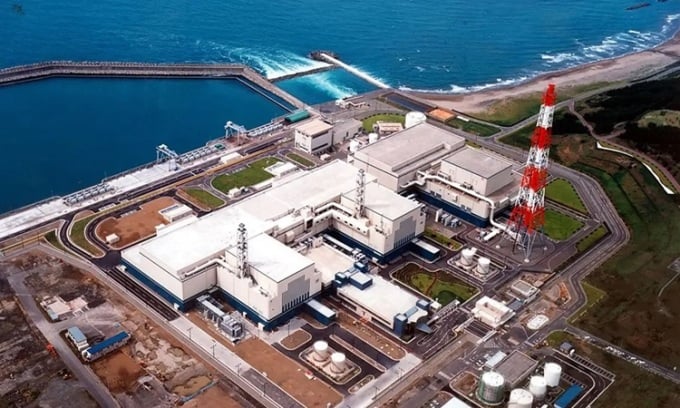
Kashiwazaki-Kariwa Nuclear Power Plant seen from above. Photo: IAEA
Tokyo Electric Power Company (TEPCO) is preparing to load fuel into the world's largest nuclear power plant, Kashiwazaki-Kariwa. Decommissioned after the 2011 Fukushima nuclear disaster, this is the first step towards reviving the giant power plant. The move comes months after Japan's Nuclear Regulation Authority (NRA) granted the plant a license to restart operations. The NRA also allowed the plant to start loading fuel again. TEPCO will now add fuel rods to reactor No. 7, Interesting Engineering reported on April 15.
The Kashiwazaki-Kariwa plant still has several hurdles to overcome before it can start operating, including safety inspections and obtaining permits from local authorities. The facility had previously faced problems when it tried to resume operations in 2021 due to a series of safety violations, including failing to adequately protect nuclear materials. However, the issues have since been resolved.
The Kashiwasaki-Kariwa Nuclear Power Plant had a capacity of 8.2 GW before it was shut down in 2012. Located in Niigata Prefecture, Japan, on a 4.2 km2 site, the facility first opened in 1985 and housed the world's first advanced boiling water reactor (ABWR). The plant has seven reactors, five of which have a capacity of 1.1 GW. The other two can produce 1,365 MW of electricity. The nuclear power plant has undergone several partial and complete shutdowns during its lifetime due to technical difficulties and earthquakes in the region. However, after the Fukushima disaster, Kashiwasaki-Kariwa remained closed for a long time.
The latest revival of the plant is part of Japan’s ambition to restart reactors to ensure energy security for the entire country. This is also an effort to reduce carbon emissions. Therefore, nuclear power will allow Japan to be self-sufficient in terms of electricity supply in the context of limited resources and importing about 90% of the electricity consumed. For this reason, Japan changed its nuclear energy policy stance in late 2022. The recent surge in the cost of some energy types such as liquefied natural gas (LNG) also motivated Japan to resume nuclear power.
Next, TEPCO plans to ship the fuel assemblies to reactor No. 7 on April 15. TEPCO said it plans to place 872 fuel assemblies from the plant’s storage facility into the reactor. The process is relatively time-consuming and will take about 1.5 months to complete because of the need for thorough inspections to ensure the fuel rods are installed correctly. Inspections are also needed to ensure the core cooling system is working as designed. TEPCO will also increase the number of night shift workers from the current eight to 51.
An Khang (According to Interesting Engineering )
Source link






![[Photo] National Assembly Chairman Tran Thanh Man receives First Vice Chairman of the Federation Council of the Federal Assembly of the Russian Federation](/_next/image?url=https%3A%2F%2Fvphoto.vietnam.vn%2Fthumb%2F1200x675%2Fvietnam%2Fresource%2FIMAGE%2F2025%2F12%2F02%2F1764648408509_ndo_br_bnd-8452-jpg.webp&w=3840&q=75)

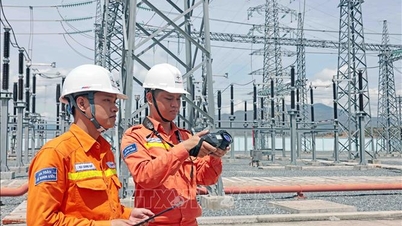

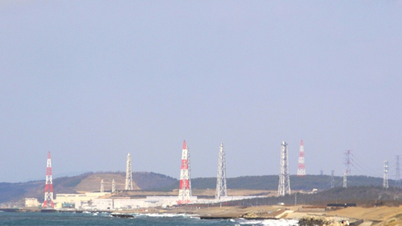

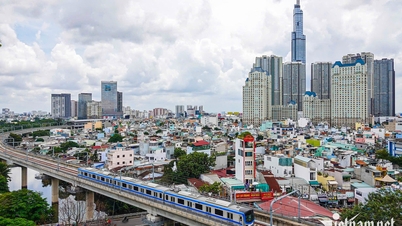

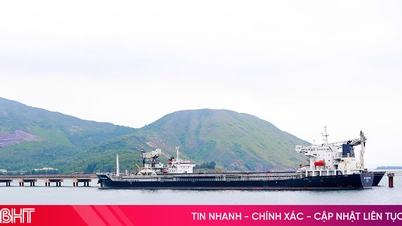

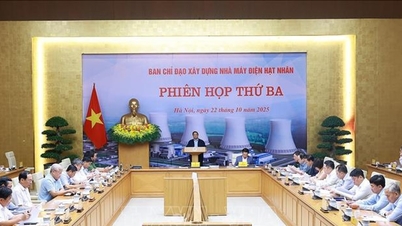

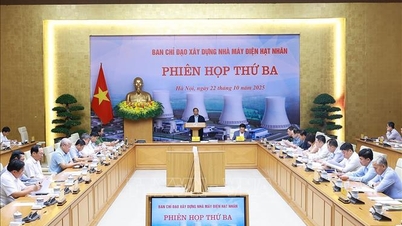
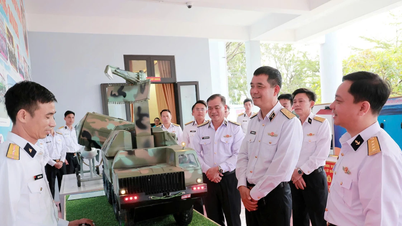



![[Video] Three female intellectuals honored for their contributions to sustainable development](https://vphoto.vietnam.vn/thumb/402x226/vietnam/resource/IMAGE/2025/12/02/1764660718053_dung00-09-55-12still003-jpg.webp)

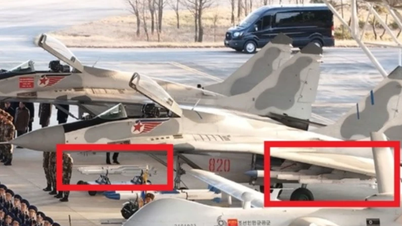


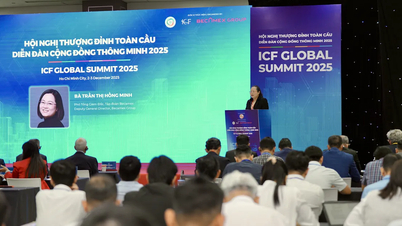

















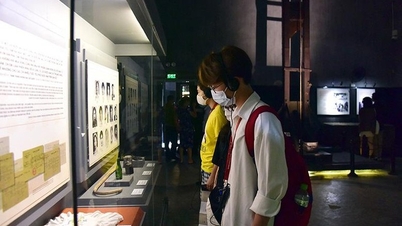
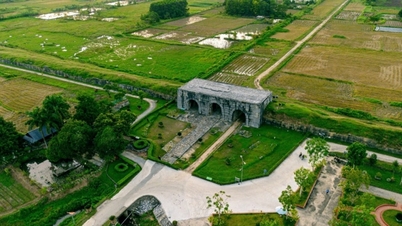



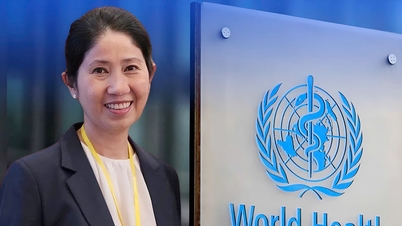





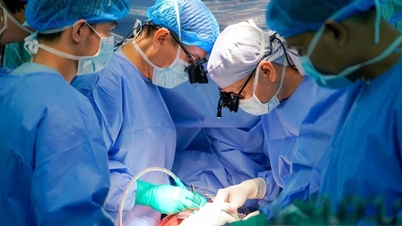



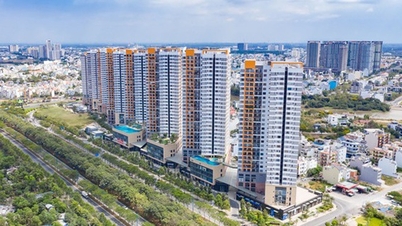



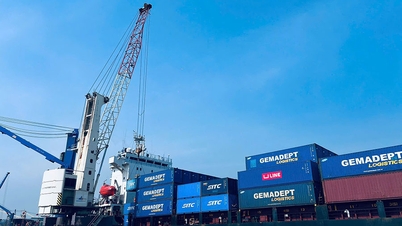










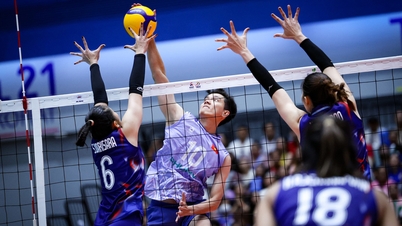
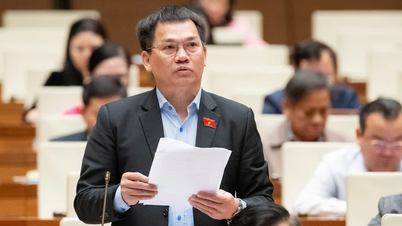




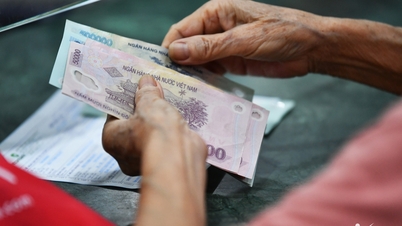
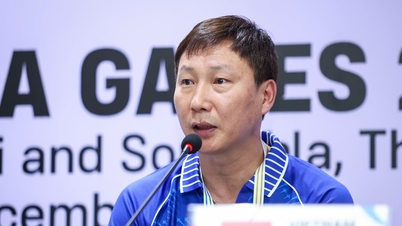


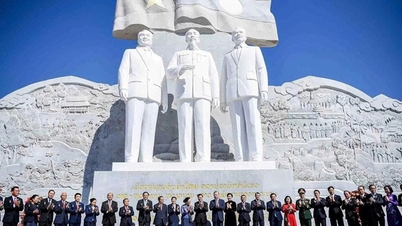

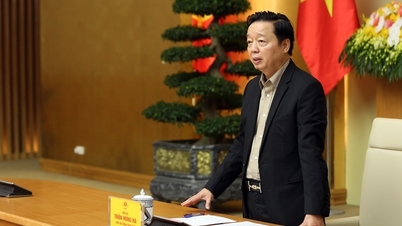

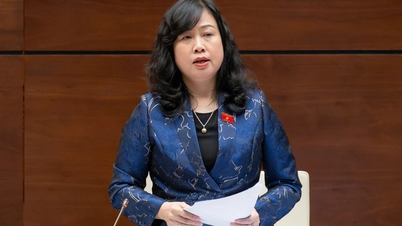
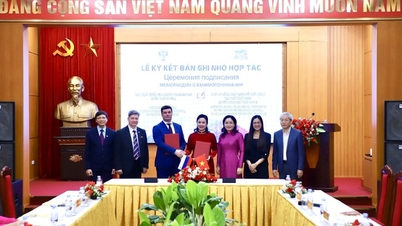


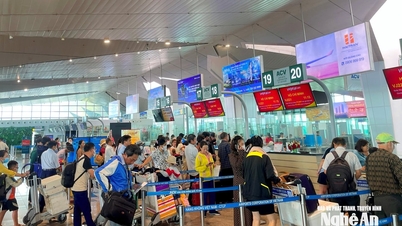




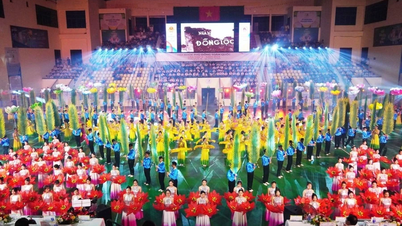

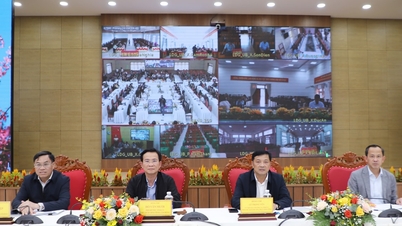













Comment (0)